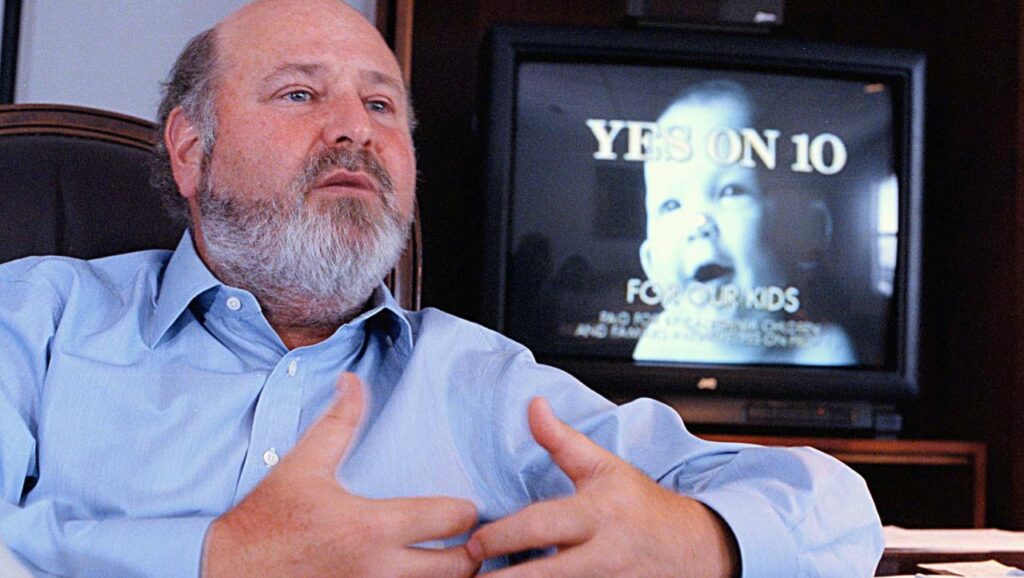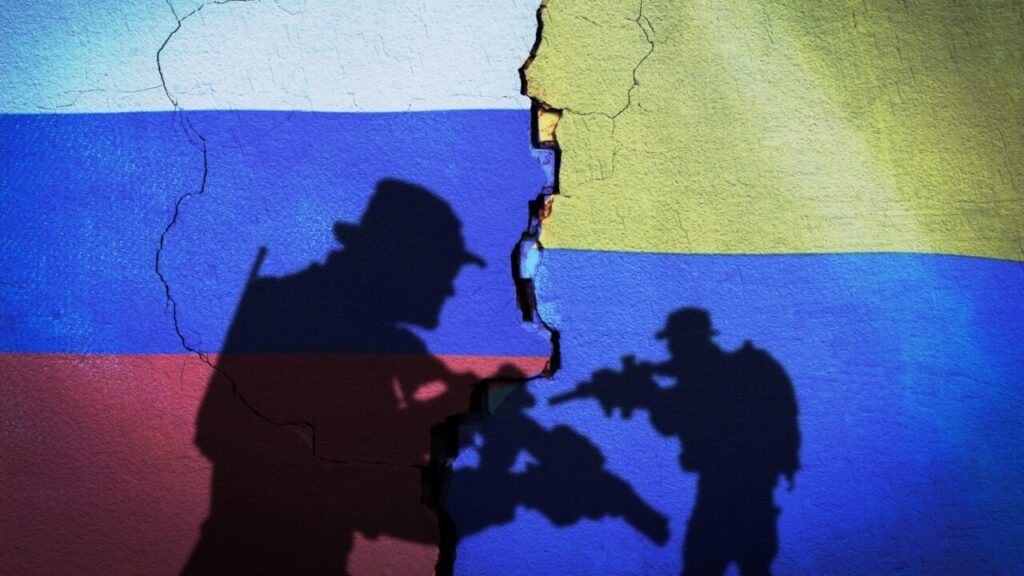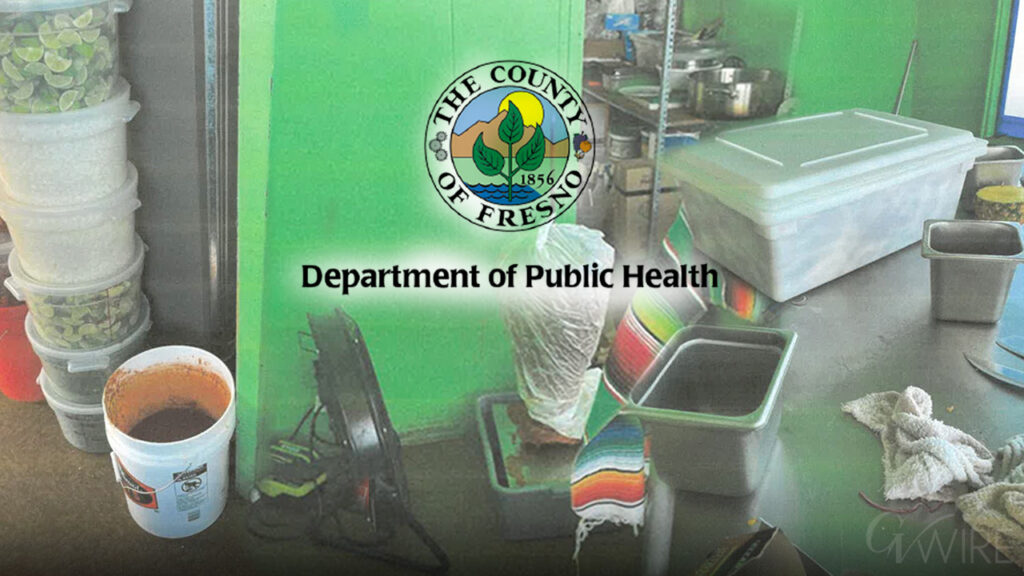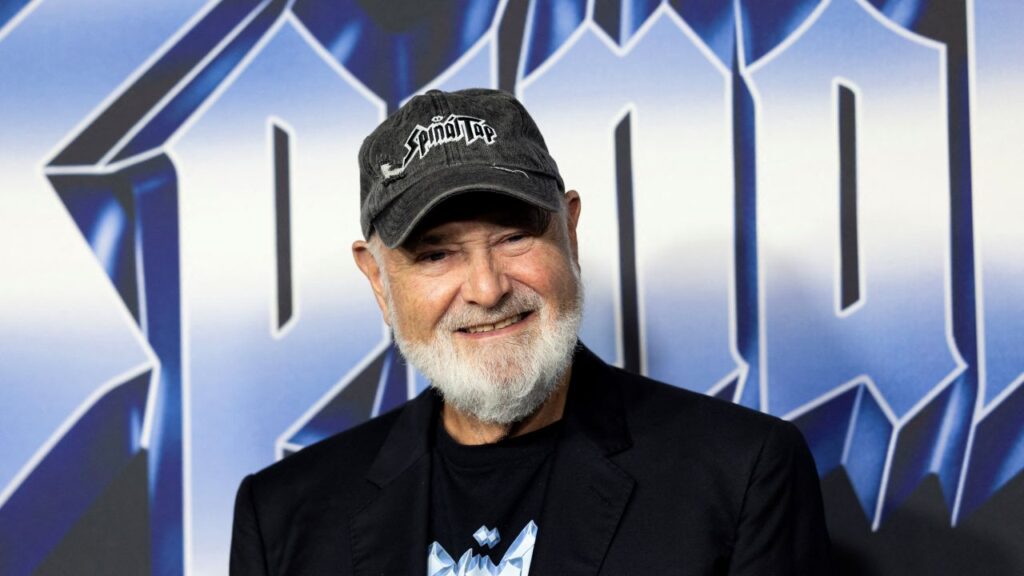In the 1960s, Godfrey Hounsfield's revolutionary idea for computer tomography was saved from financial ruin by an unexpected source: the success of the Beatles. (GV Wire Composite/David Rodriguez)

- Godfrey Hounsfield's interest in electronics fueled a career in radar, guided missiles, and medical devices.
- Hounsfield's computer tomography research, proposed in the 1960s, faced potential halt due to financial struggles at EMI.
- Signing the Beatles changed the company's fortunes, funding Hounsfield's research that led to the first CT scan in 1970 & his 1979 Nobel Prize.
Share
|
Getting your Trinity Audio player ready...
|
Every so often, a genuine genius comes along, a person who makes an incredible impact on human history.

J. Mark Powell
InsideSources.com
Opinion
Yet sometimes, even a genius needs a little help to succeed. And back in the 1960s, an important researcher got it from the most unlikely of sources and in the unlikeliest of ways.
Godfrey Hounsfield grew up fascinated by electronics. He was intrigued by the machines and equipment on his parents’ English farm. His natural ability to figure out complex problems brought out the inventor in him.
And it nearly killed him, too. He made his own glider, which he piloted by jumping off haystacks… until a disastrous crash grounded him.
Undeterred, Hounsfield joined the Royal Air Force just before World War II and learned the basics of electronics and radar. After VE-Day he earned a college degree in electrical engineering. His combination of practical experience with theoretical study was rare at the time, and in 1949 a big company scooped him up.
Electrical and Musical Industries, Ltd. was intrigued by Hounsfield’s pioneering work in radar and guided missile systems. The Cold War between the Soviet Union and the West was growing increasingly hot. But as the 1950s progressed, Hounsfield’s limitless curiosity was drawn to computers. In 1958, he was a key player in developing the UK’s first all-transistor computer. His future looked bright.
As the 1960s arrived, Hounsfield’s interests shifted again.
Related Story: Nobel Peace Prize Laureate Goes on Hunger Strike in Iranian Prison
The Birth of Computer Tomography
While on a country getaway, he was struck by a remarkable idea. He wondered if he could tell what was inside a closed box by taking a series of X-rays of it at various angles. By assembling the images, he got a clear picture of the box’s contents. That led to another idea: If he could do it with a box, was it possible to get images showing the inside of a human body?
Hounsfield proposed what is now called computer tomography. It was totally revolutionary, greatly exciting—and extremely expensive, too.
His research moved ahead, making slow but steady progress. And he was racking up ever-bigger bills as he went.

Financial Struggles and Unexpected Rescue
Then, one day in 1962, the bottom fell out. Electrical and Musical Industries, Ltd. was having a rough time financially. The company honchos called Hounsfield to HQ and delivered the bad news in person. They were forced to close his computer research division.
Hounsfield was devastated. The dream he’d been chasing was now only a few years away from coming true, almost within reach. All he needed was a little more time. He pleaded for another chance.
Related Story: Bertrand Russell: Nobel Prize Winner and Philosopher’s Final Statement ...
The big brass promised him that if the company could somehow come up with a sudden infusion of cash, his work could continue. They likely said it to gently let down their genius in residence, for the bean counters had told them it would take a financial miracle to save his beleaguered division.
That’s the funny thing about miracles; sometimes, when a person needs one the most, it comes along.
Electrical and Musical Industries, Ltd. was involved in far more than electronic gadgets. It was also knee-deep in Britain’s music scene and had a division that produced record albums. And in early 1962, the company struck gold. Literally.
Electrical and Musical Industries, Ltd. is better known by its initials EMI. Record producer George Martin got wind of a hot new rock and roll quartet that teenagers were going crazy over. And in March 1962, he signed John Lennon, Paul McCartney, George Harrison, and Ringo Starr to a contract.
The Beatles were an instant international mega-sensation, unlike anything in the history of 20th-century entertainment. Almost overnight, a tidal wave of money washed over the company.
Related Story: Jailed Iranian Activist Narges Mohammadi Wins Nobel Peace Prize for Fighting ...
Hounsfield’s Legacy and Impact on Modern Medicine
Hounsfield’s research was suddenly saved. And on Oct. 1, 1970, the world’s first CT scan was made in London. The images it revealed of a patient’s cerebral cyst stunned doctors.
He followed that up in 1975 by producing a full-body scanner.
In 1979, he shared the Nobel Prize in Physiology or Medicine for his groundbreaking work.
Today, CT scanners are used around the world. They are indispensable tools in helping doctors identify, target, and treat illnesses they otherwise could only guess about (or discover via invasive surgery). It’s no exaggeration to say Hounsfield’s inventions have helped save millions of lives over the last 50 years.
And it was all thanks to, as the Lads from Liverpool once sang, a little help from some friends.
About the Author
Holy Cow! History is written by novelist, former TV journalist and diehard history buff J. Mark Powell. Have a historic mystery that needs solving? A forgotten moment worth remembering? Please send it to HolyCow@insidesources.com


















